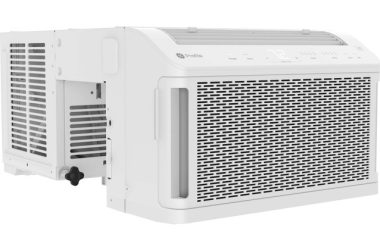Brainstorm Project – Return to Home Page
Electric Motors Can Be A Significant Source Of Heat For Vehicle Cabins
In this section, we discuss the possibility of using electric motor heat to provide EV batteries and cabins with heat to reduce their power consumption. Electric vehicle motors may be highly efficient, but they still generate a massive amount of heat, relative to what is required to keep a vehicle cabin warm.
Electric vehicle propulsion motor efficiency usually exceeds 75% (all the motors I have seen so far were over 80%), so this means that they don’t generate ‘much’ heat, relatively speaking. However, it is still more than enough to heat a vehicle cabin.
If an 85% efficient motor’s power consumption is 80 kW (107 HP), and 15% of the electricity it consumes is wasted as heat. That would be 12,000 watts of heat, or 40,944 BTU!
This is more than enough to heat a vehicle’s cabin during winter, and it can also help to heat the battery during winter, so electric heaters can be shut off while the motor is running, effectively increasing vehicle range considerably. One drawback is the fact that the motor(s) will run at part-load most of the time, so it/they won’t generate the full 40,944 BTU of heat. ~20,000 BTU is more realistic. This concept can be used to assist a conventional electric cabin heater.
Could this be achieved with modest complexity, or do you think it is too impractical?
Please share your thoughts in the comment section.




